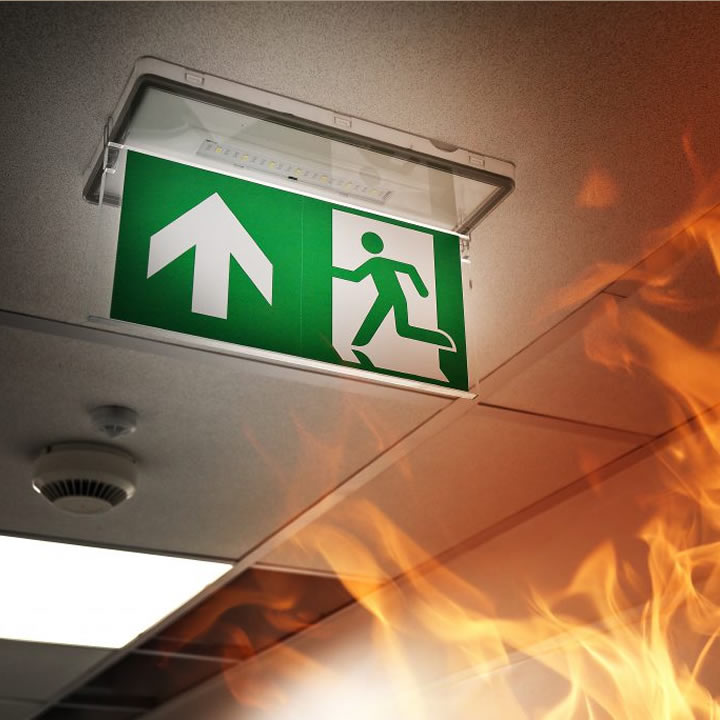A workplace fire is one of the most deadly and serious dangers, which along with the potential to cause severe injuries or death, can also seriously impact a business’ trading operations and finances. Many companies have been so adversely impacted by a fire that they have a hard time recovering, with some even having to close their doors permanently.
As a fire can have serious consequences to both property and people, many countries require employees to be given appropriate fire safety training. This training might include fire warden courses or induction training for new employees.
In addition to training, one important aspect of a company’s fire prevention and safety responsibilities is a fire risk assessment. Fire risk assessments bring up such issues as how and where a fire could occur on the property, which includes sources of fuel and ignition, which personnel would be at risk and the reasons for it, and what steps would be needed to reduce or remove any risk of fire.
The assessment also needs to consider any risks that can result from an outbreak of fire to non-employees, but who might still be at risks, such as site visitors or other people nearby. A competent individual should perform the assessment, as it’s an extremely important document.
Continual Assessments
Many companies might feel that they can routinely perform a fire risk assessment once a year or less. However, workplaces are continually changing, such as the kind of activities carried out, harmful substances or new materials being introduced onto the property, or a build-up of stored items that begin to interfere with escape routes can result in a need for a fire risk assessment now, as opposed to waiting for a year to pass.
The above point has often been highlighted in health and safety courses, certainly those with constantly changing premises, like a construction site, for example. Here, numerous aspects might change weekly or even daily, as structures are demolished or erected, and access roads are altered, etc.
Health and Safety Training
There are more than construction sites, however, which change, prompting a need for a further fire risk assessment. As mentioned, new starters require health and safety training, which includes a fire safety element. They may also require special attention should a fire occur.
For example, some employees might be pregnant, elderly or disabled, meaning that they might require help should an emergency evacuation be needed. Waiting for a long period until a scheduled assessment is due will endanger these employees, as a fire can break out at any time.
Fires are among the most common health hazards, as they can occur in any kind of work premises, no matter the industry, or the products or services they work with.
Training in fire safety, however, is a key part of a health and safety programme for employees. By taking an accredited fire course, employees will learn such topics as fire risk assessments, prevention, evacuation, and control measures.

